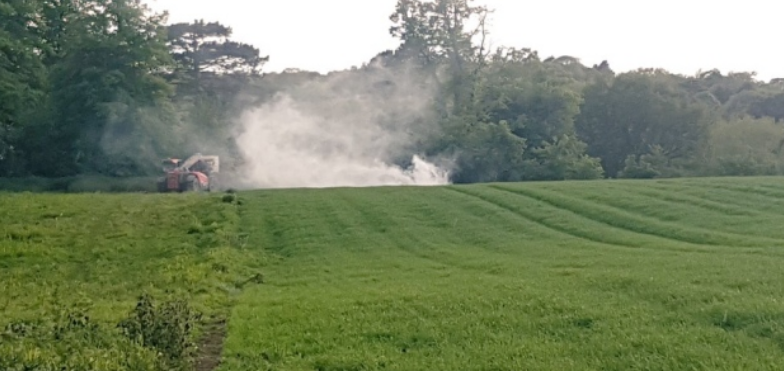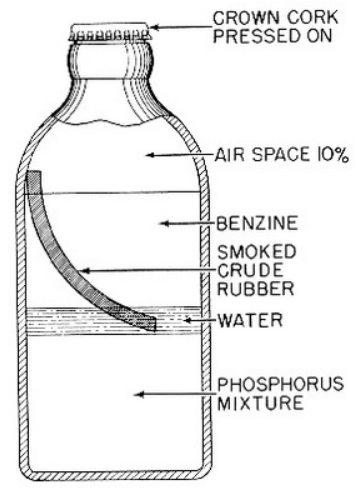Cache of WWII Phosphorus grenades found on agricultural land
24 Phosphorus incendiary grenades have been unearthed in a field in Suffolk. The Police, Fire and Rescue service and a British Army bomb disposal team were called to the scene off Halesworth Road, Sibton.
Army engineers moved the Self-Igniting Phosphorus (SIP) grenades to a trench where they were safely destroyed. The type of incendiary chemicals present resulted in a very long burn time.

The history behind phosphorus grenades
During 1940, Britain was frantically preparing for a German invasion which resulted in sections of coastline becoming heavily militarised. This field is located just 10km inland and therefore the grenades likely belonged to coastal defence soldiers.
The Home Guard were notorious for ill-disciplined storage and the unauthorised disposal of ammunition. Therefore, such finds are not uncommon in England.
The British Army designated the SIP grenade, the No.76 Special Grenade. It was a simple anti-tank weapon issued to Home Guard battalions throughout the UK. Britain produced more than six million SIP grenades.
Each grenade contained a mixture of white Phosphorus, benzine, water, and a strip of rubber. A glass bottle with a crown stopper provided the container.
On impact, the bottle would smash, the mixture would oxidise and an aggressive incendiary reaction would occur. This caused a substantial burn hazard and terrible injuries, which could be fatal.

Mitigating the risk of UXO
You can identify historic military activity on your site by commissioning a Brimstone Stage 1 Preliminary UXO Risk Assessment. However, UXO finds such as this are often not recorded in historical literature, meaning care must always be taken when conducting ground intrusions. Especially as these items do not contain any ferrous metal and are therefore difficult to detect.
If you require advice for your site, get in touch with our commercial team.
Keep up to date with Brimstone UXO by following us on Facebook, Instagram, Twitter, LinkedIn and YouTube.